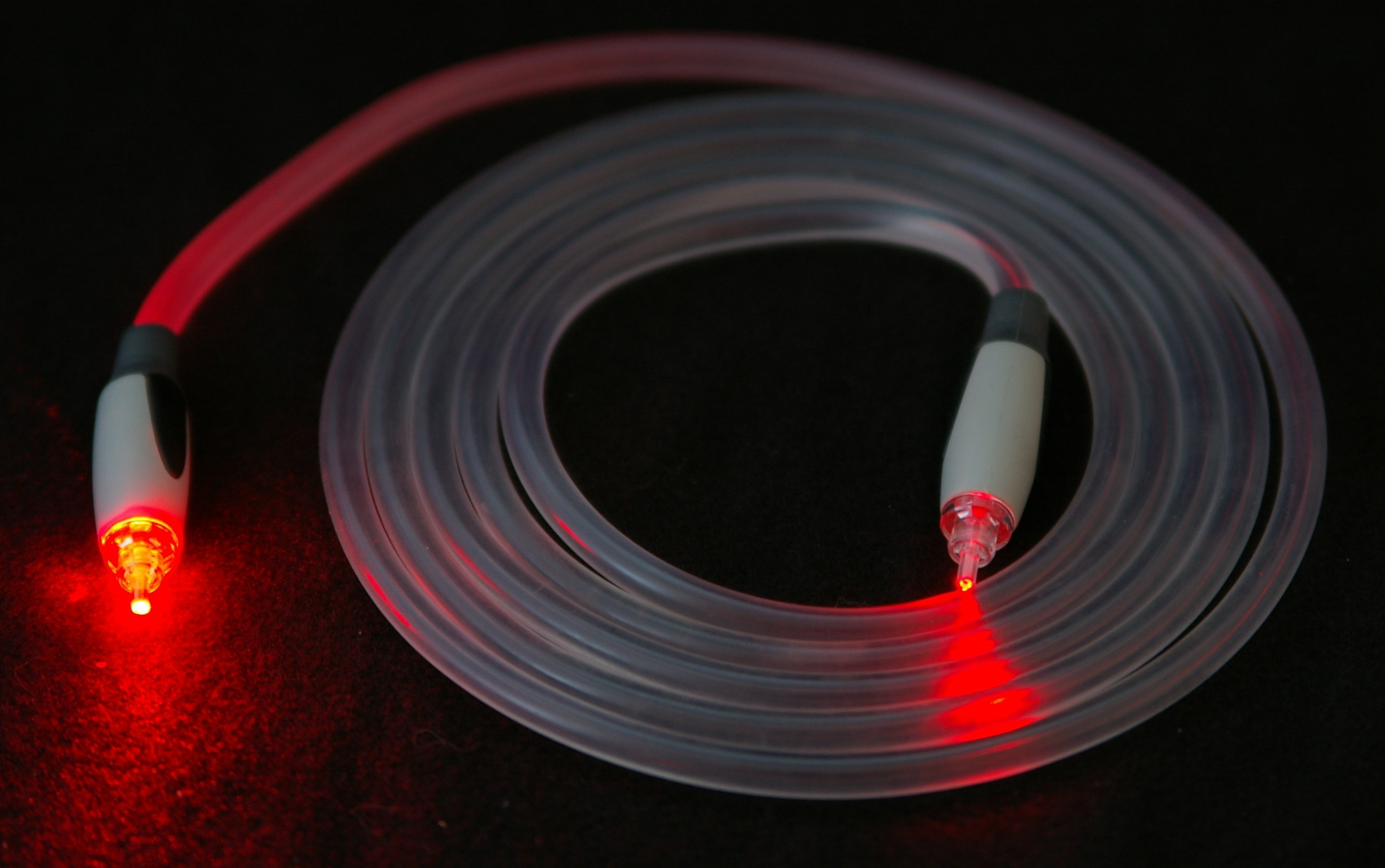Fiber Optic Cable Return Loss: Why It Matters and How to Minimize It

Fiber optic cable return loss refers to the amount of light that is reflected back toward the source in a fiber optic communication system. This reflection occurs when there is a change in the fiber’s properties, such as connectors, splices, or bends, causing some of the light signal to bounce back rather than continue along the fiber. Return loss is a critical factor in assessing the performance of a fiber optic network, as excessive return loss can lead to signal degradation, errors, and reduced system reliability.
Return loss is important because it directly affects the quality of the transmitted signal. When light is reflected back toward the source, it interferes with the original signal, causing distortion that can result in data loss, increased bit error rates, and slower data transmission speeds. This is especially crucial in high-performance applications, such as video conferencing, cloud computing, or large data transfers, where a stable and high-quality connection is essential. Return loss is measured in decibels (dB), with higher values indicating better network performance. A higher return loss means that less light is being reflected back, which is ideal for maintaining signal clarity.
Several factors contribute to return loss in a fiber optic system. Mismatched connectors or poorly aligned fiber connections can cause light to be reflected back. Splice imperfections, where two fiber cables are joined, can also lead to light reflections if not properly fused or aligned. Additionally, fiber bending beyond the recommended radius can result in light escaping from the core, leading to signal reflections. Surface irregularities, such as dust or scratches on fiber ends, can also disrupt light transmission and cause reflection.
Minimizing return loss is essential for ensuring the efficiency and integrity of a fiber optic network. Using high-quality connectors and splices, ensuring proper fiber handling, and regularly cleaning fiber ends can help reduce the amount of light reflected back. Furthermore, using advanced testing equipment to measure return loss allows for the detection of potential issues before they impact network performance. Proper fiber termination is also crucial, as misalignment at connection points can lead to increased return loss.
Return loss plays a significant role in the performance of fiber optic communication systems. High return loss values are indicative of a well-performing system, as they suggest that minimal light is being reflected back. By focusing on quality components, proper installation, and regular maintenance, return loss can be minimized, ensuring a reliable and efficient fiber optic network.